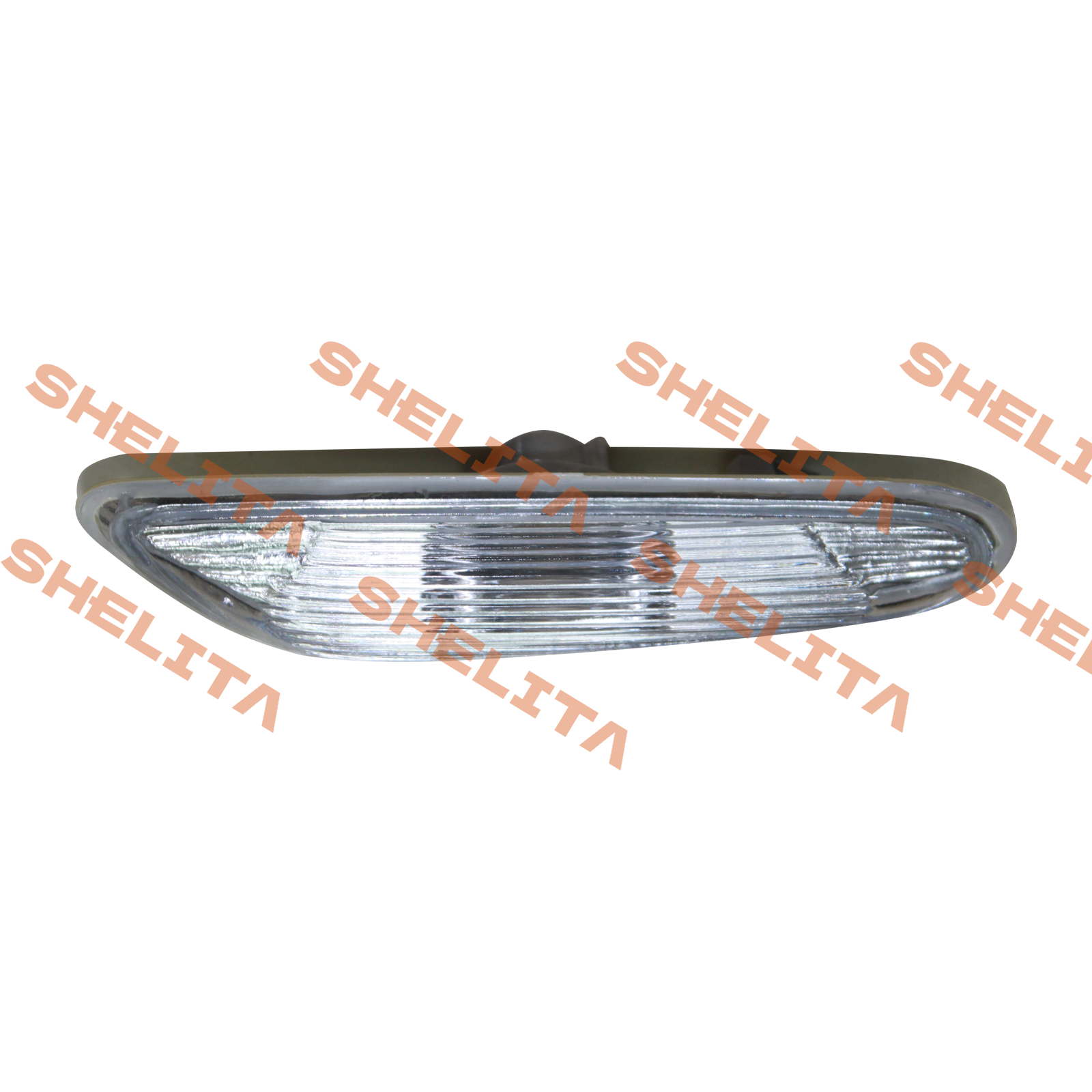Cooling System Upgrades to Prevent Overheated LED Bulbs
Why LED Bulbs Need Advanced Cooling Systems
Heat Generation Challenges in Modern LED Bulbs
LED bulbs, known for their energy efficiency and long lifespan, nonetheless generate significant heat during operation, especially in high-wattage models. This is largely due to the inefficiency in converting electrical energy directly into light, resulting in thermal management challenges. Studies have indicated that up to 65% of the energy consumed by certain LEDs may be transformed into heat. With the increasing adoption of LED technology across various sectors, such as automotive lighting—where precision and performance are crucial—the demand for effective cooling solutions has intensified. Proper thermal management is essential to prevent the excess heat from decreasing the lifespan and performance of LED bulbs, which could, in turn, compromise their reliability and functionality.
Consequences of Inadequate Thermal Management
Failing to manage heat effectively can jeopardize the durability of LED bulbs, potentially shortening their lifespan by up to 50%, as indicated by leading industry experts. Overheating not only causes irreversible damage to the delicate components within LEDs, resulting in color shifts, flickering, or even total failure, but also poses safety hazards. The risk of fires is heightened, particularly in enclosed spaces where heat dissipation is hindered. Understanding these risks is crucial for both manufacturers aiming to produce reliable products and consumers seeking efficient, long-lasting lighting solutions. Implementing advanced cooling systems is, therefore, a priority to ensure LED bulbs operate efficiently and safely, mitigating the negative impacts of inadequate thermal management.
Effective Cooling System Upgrades for LED Bulbs
Active vs. Passive Cooling Solutions
Effective cooling solutions are essential for maintaining the performance of LED bulbs, particularly in high-load scenarios. Active cooling methods, such as fans and liquid cooling systems, actively dissipate heat, providing more aggressive cooling compared to passive methods like heat sinks and thermal pads. Comparative studies have shown that active cooling solutions can lower junction temperatures by 20-40%, significantly enhancing LED performance. However, passive cooling, while quieter and more energy-efficient, may not be adequate for high-performance applications. Therefore, understanding the advantages and limitations of both active and passive cooling solutions is crucial for end-users aiming to optimize their LED lighting systems.
Liquid Cooling Innovations for High-Power LEDs
Liquid cooling technologies are emerging as revolutionary solutions for managing the heat produced by high-power LED applications. These innovations offer compact systems that lower thermal resistance, effectively maintaining cooler operating temperatures and extending the lifespan of LEDs. Market research highlights that liquid cooling can improve LED efficiency by up to 30%, making it a favorable option for automotive and industrial lighting applications. With the increasing demand for auto body replacement parts, these cooling advancements offer exciting possibilities for improving LED lighting in various sectors.
Optimized Heat Sink Designs for Automotive Use
In the realm of automotive applications, optimized heat sink designs are enhancing thermal dissipation to meet the demanding conditions present in vehicles. Studies indicate that these innovative designs can lower junction temperatures by 25% compared to standard models, directly improving LED lighting performance and safety in automobiles. Collaboration with auto body parts suppliers has led to custom solutions that comply with stringent safety regulations while conserving energy. As the demand for collision auto parts rises, these advancements ensure that LED systems remain reliable and efficient in dynamic environments.
Top Auto Body Parts with Built-In LED Cooling
MODEL 3 2017- Tail Lamp: Integrated Thermal Management
The Tesla Model 3 tail lamp incorporates advanced integrated cooling systems designed to optimize LED functionality while enhancing the vehicle's aesthetic appeal. Industry experts highlight that effective thermal management is crucial for auto body parts, assuring consumers of the products' durability and reliability. This integration results in longer-lasting LEDs, which comply with safety standards and boost vehicle visibility, providing enhanced driving safety.
MODEL S 2012-2016 LED Assembly: Dust-Resistant Cooling
The LED assembly in the Tesla Model S 2012-2016 is meticulously designed to overcome challenges posed by dust and debris with its dust-resistant cooling design. Studies indicate that effective sealing against environmental hazards enhances LED life expectancy, with some components showing longevity improvements up to 40%. This assembly includes specialized coatings and airflow pathways, which ensure efficient cooling while mitigating the risk of thermal overload.
BMW 3 E90E91 05-12 Fender Lamps: Copper Heat Dissipation
BMW 3 E90/E91 fender lamps utilize copper for its superior thermal conductivity, significantly enhancing heat dissipation efficiency. Expert analyses demonstrate copper’s crucial role in maintaining optimal performance in LED applications, where effective heat management is essential. This design not only boosts the performance of the fender lamps but also promotes extensive energy savings, aligning with the automotive industry's commitment to sustainable solutions.
Maintenance Tips for Long-Lasting LED Performance
Monitoring Junction Temperatures
Regularly monitoring junction temperatures is essential for extending the life of LED bulbs and ensuring optimal performance. Technological advancements have made it easier for users to track these temperatures using thermal sensors and smart applications, which can alert them to temperature anomalies and promote proactive DIY maintenance. Experts recommend keeping junction temperatures below 85 degrees Celsius for ideal longevity, emphasizing the importance of effective thermal management strategies for LED maintenance.
When to Replace Aging Cooling Components
Knowing when to replace aging cooling components is crucial as they can significantly affect the performance and efficiency of LED systems. Leading industry professionals suggest looking for indicators like increased operational noise or reduced lighting performance as signs that a replacement might be necessary. It is recommended to conduct routine inspections every 6-12 months, ensuring that components like heat sinks and cooling fans are in optimal condition to prevent LED failure.
Maintaining LED systems requires regular attention to their cooling components and junction temperatures to ensure long-lasting performance and optimal efficiency.




